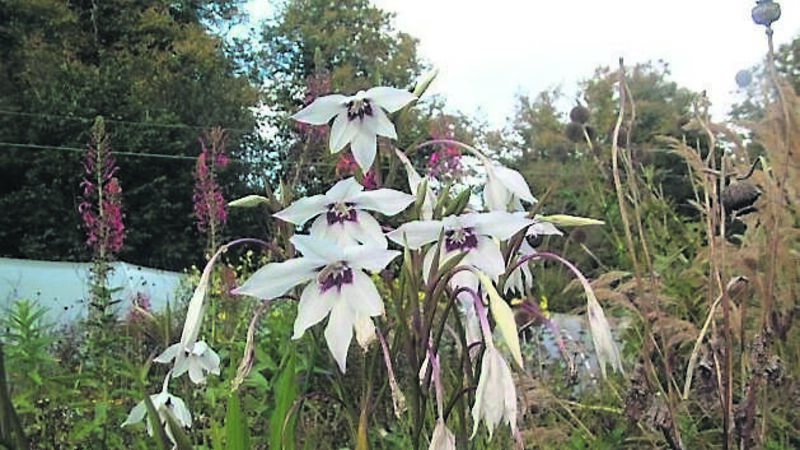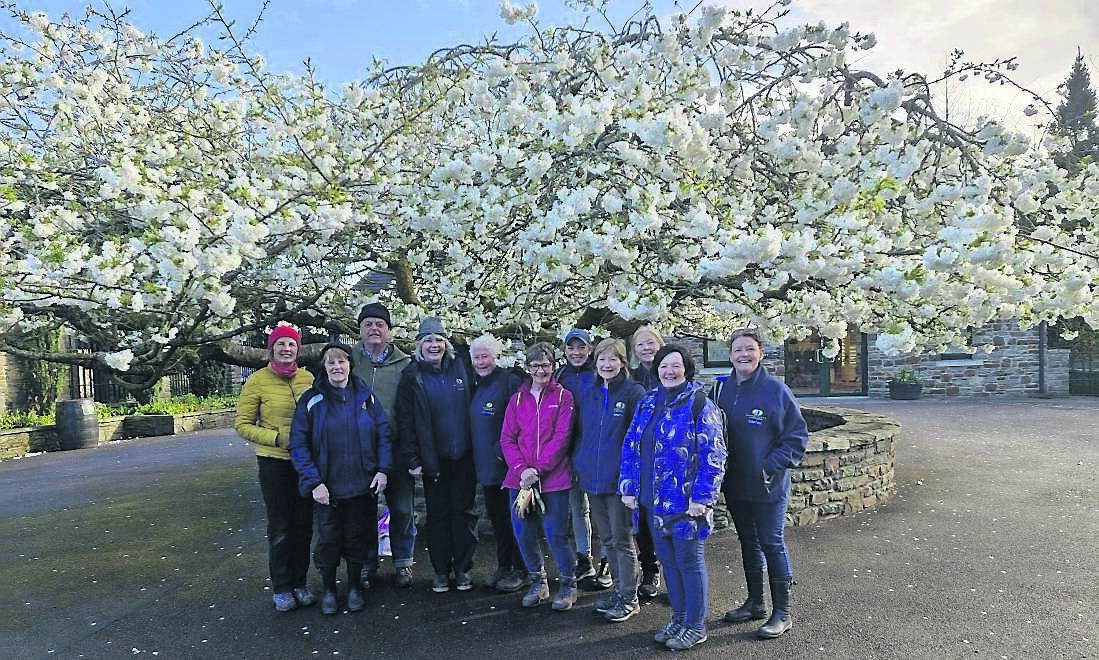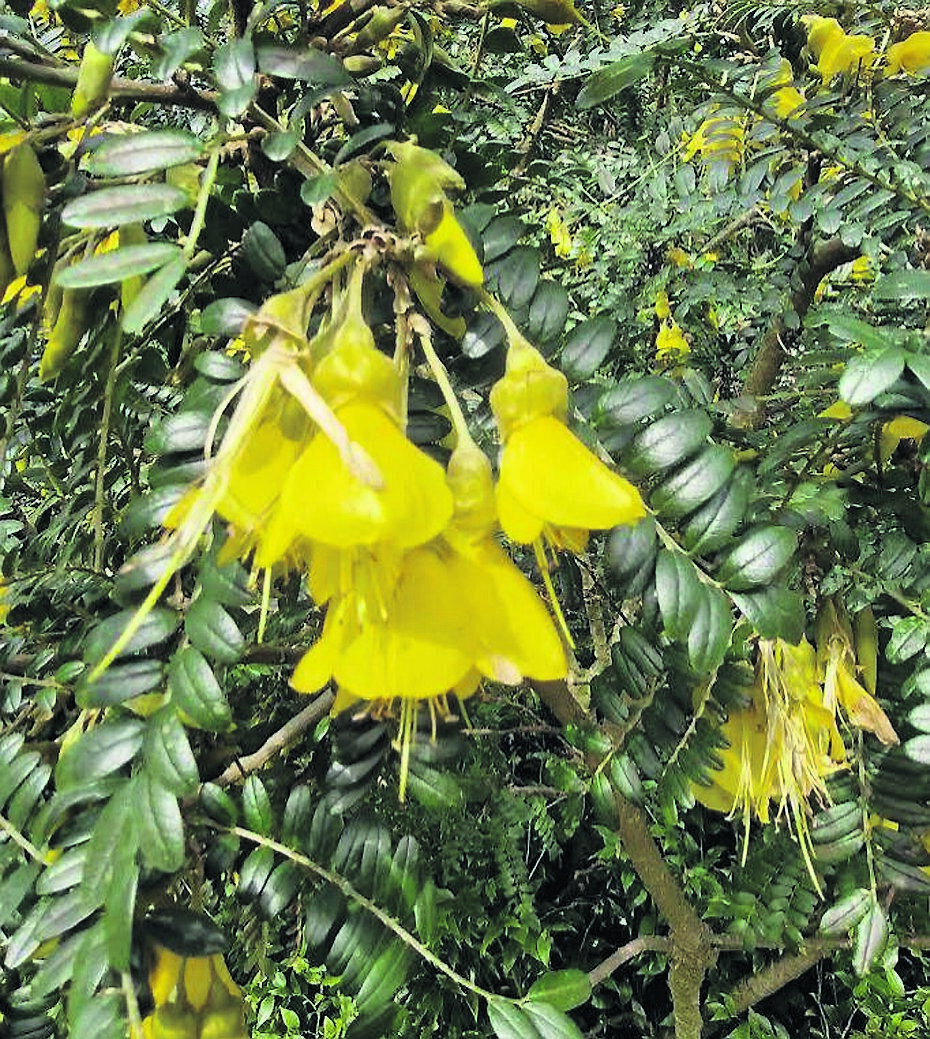In the garden: Bulbs you can plant now for summer days

Plant gladoili bulbs now to guarantee a summer flowering
April in the garden, and growth is beginning to zip along at a pace now.

Dock roots are typically associated with compacted ground and nettles with good, fertile, humus-rich soil. Dock roots have a tap root and nettles develop more fibrous roots near the surface of the soil.

It makes for a rewarding plant given the right position in the garden, sheltered from cold winds and south-facing ideally, while this plant is a good candidate for wall training also.







 App?
App?


